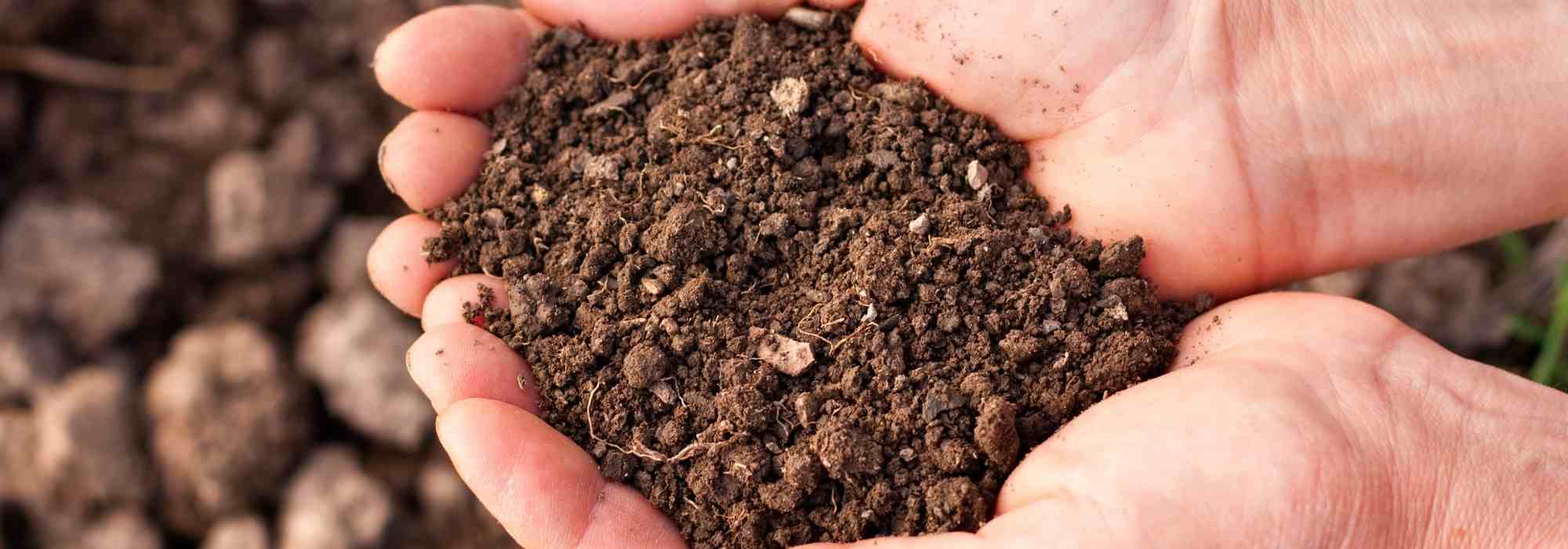
How can I make my soil more free-draining?
Diagnose and resolve a drainage problem
Contents
Having well-draining soil is essential for successfully growing most plants! Unless your plants are adapted to wet or marshy conditions, they will quickly suffocate. There are however several methods to drain very wet ground. Discover our tips to improve drainage of soil in your garden or vegetable patch.
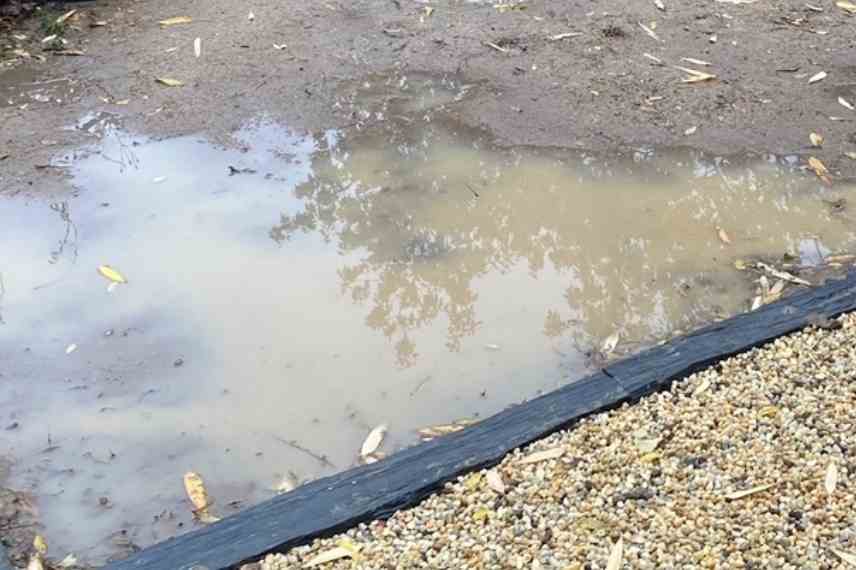
This soil failing to drain after heavy rain indicates poor drainage
What is drainage?
In the garden, drainage covers all techniques aimed at making soil less prone to waterlogging that can harm ornamental or edible plants.
Water, although essential to survival of your plants, can be fatal when present in excess.
When soil is both low in sand and organic matter and high in clay, water tends to linger in upper soil layers where most roots develop. Plants not adapted to these conditions then perish either from lack of oxygen or from root rot.
Fortunately, several methods exist to make soil less prone to waterlogging, which we will cover in this article :
- Installation of drains ;
- Planting specific plants that will improve and relieve waterlogged soil ;
- Adding compost, gravel, pumice, etc…
Read also
Gardening in heavy, wet soilHow to recognise poorly drained soil?
Before looking at solutions, first try to recognise signs indicating a drainage problem in the garden. They include :
- Water infiltrates poorly into soil during very wet winters, producing a spongy sound when you tread on it ;
- During very hot summers, soil cracks and opens due to excess clay ;
- In winter, soil cools easily and freezes deeply ;
- Blue-coloured traces when you dig into your soil: ferric iron being reduced to ferrous iron in absence of oxygen (due to excess water) in the soil ;
- Plants that prefer well-drained soils rapidly decline (example: sea buckthorn) ;
- Soil is heavy (clayey), compact, massive, does not crumble and is hard to work when planting perennials, trees or carrying out vegetable-garden work. To find out more, discover Olivier’s advice: Gardening in heavy, wet soil.

Some signs of poorly drained soil: standing water, soil drying quickly in summer, clayey soil
- Plants of wet mediums appear spontaneously (willowherbs, reeds, sedges, comfrey, creeping buttercup, goutweed, etc…) ;
- When land lies at the bottom of a valley or in a hollow, it will be more prone to this kind of problem.
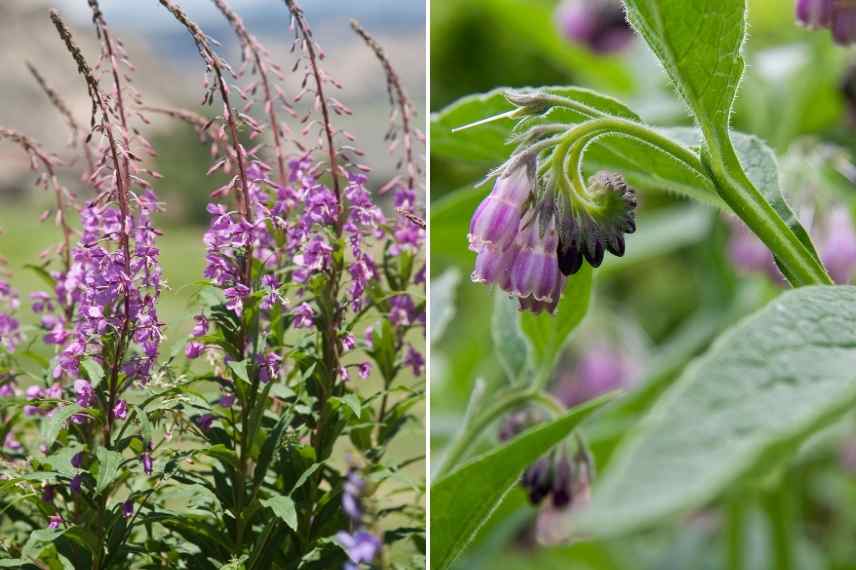
Willowherb and comfrey, indicator plants of poorly drained soil
On plants, besides root asphyxiation, various symptoms—such as yellowing of foliage, onset of diseases and slowed growth—are signs that your plants are under stress.
Moss, fungi and other moulds at their base will finish convincing you of excess water in your soil.
How to drain your soil?
Drainage method depends on the “severity” of the situation.
Your soil remains spongy two to three days after heavy rain
This situation allows you to have a conventional garden/vegetable patch provided you improve it with large quantities of compost applied in spring or autumn, regular use of green manures with tap roots (alfalfa, field beans, mustard, …), and gravel.
- Compost feeds and stimulates soil microfauna, which create galleries that let water penetrate more easily.
- Tap roots of green manures (often sown in autumn before heavy rains) also have the advantage of creating vertical channels to help water percolate into soil.
François’s tip: Avoid ever treading on this type of soil during thawing periods or heavy rain, as that would make situation worse.
Also consider planting species that like water (species that like water) (hygrophilous)! The willow is a major ally for drying out the most waterlogged soils (it was in fact used in the past to drain meadows and crops). Most ferns also love water, but list of hygrophilous plants is very long.
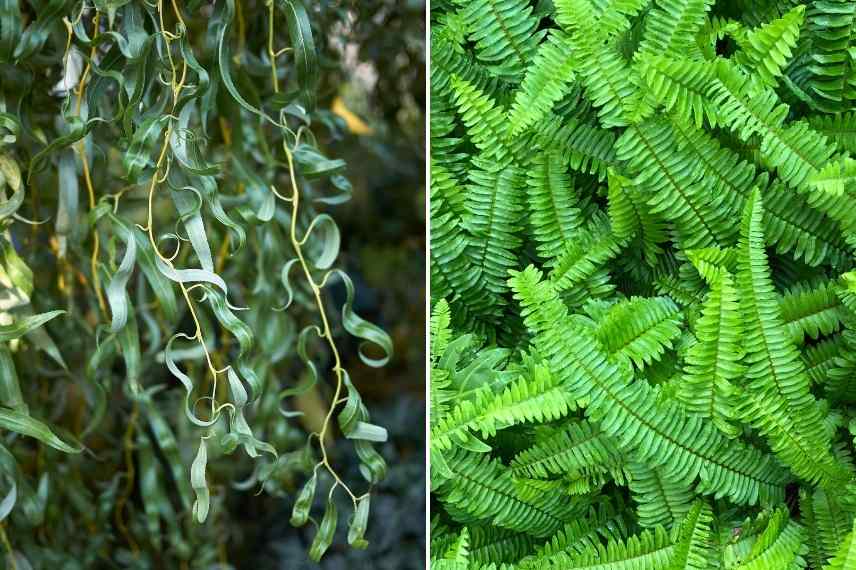
Also consider planting hygrophilous plants (for example willow or certain ferns)
Water stands for a few days then disappears
Your soil is poorly drained but situation remains manageable.
For trees, bushes, perennials,… take care when planting. Start by digging a hole much deeper than usual and place draining materials at bottom: gravel, grit, pebbles, pumice, etc… Excavated garden soil should be improved with gravel or removed and replaced with lighter soil. Don’t forget to add surface compost to finish off.
If your soil leaves water standing on surface and it does not penetrate after a week
You will then have to resign yourself to the heaviest and most costly solution: installing a drain.
This operation is carried out by a specialist company and consists of digging a trench at least 50 cm deep and 30 cm wide along slope of land. At bottom of trench, a perforated pipe covered with gravel and sand channels water into drain which is discharged to a soakaway or watercourse.
This solution is effective but requires investment of time, energy and money.
Another solution: work at raised level!
Raised growing mounds, raised beds and other elevated boxes are best alternative for vegetables and plants.
This solution allows plants to keep contact with living soil while improving ergonomics. However, you will need to find a large quantity of compost and organic matter to fill these growing containers.
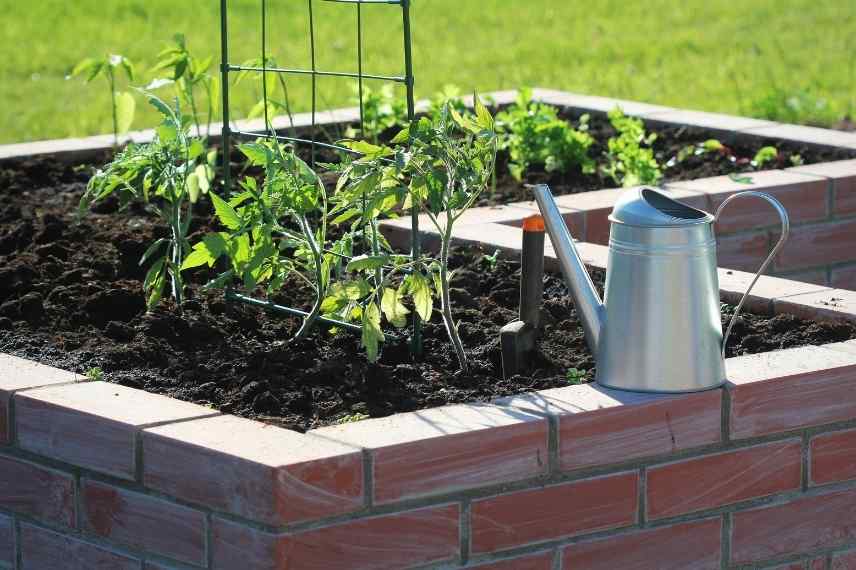
A raised vegetable patch avoids problem of soil not draining well
- Subscribe!
- Contents
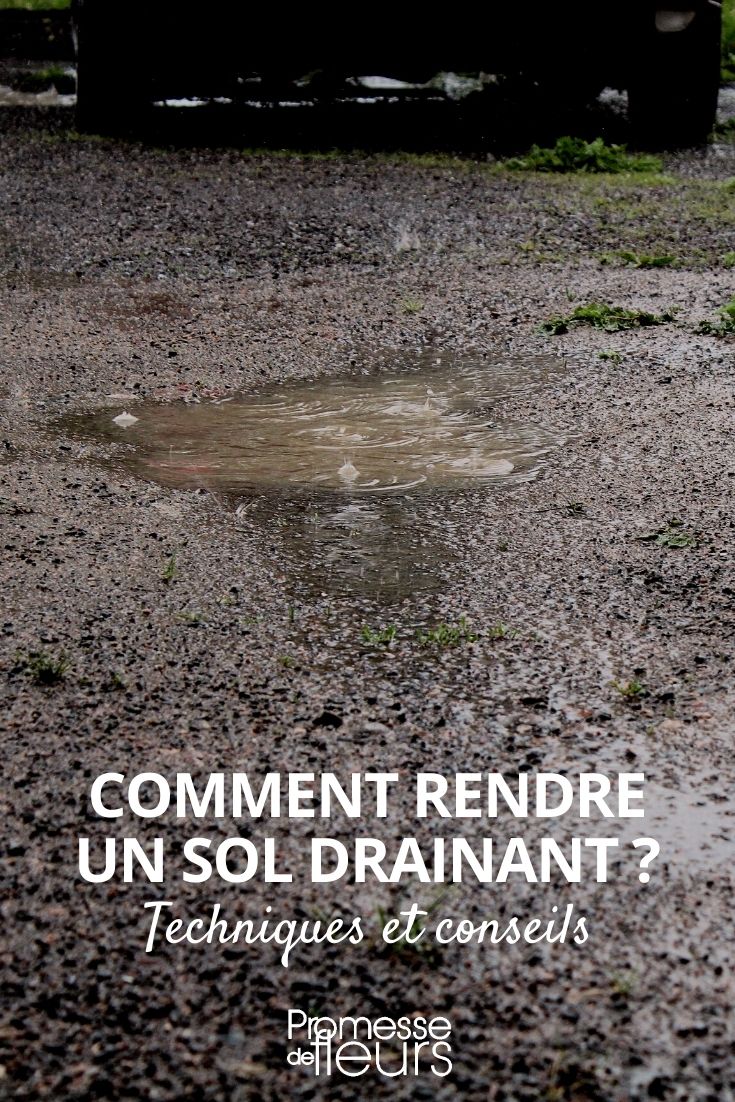































Comments